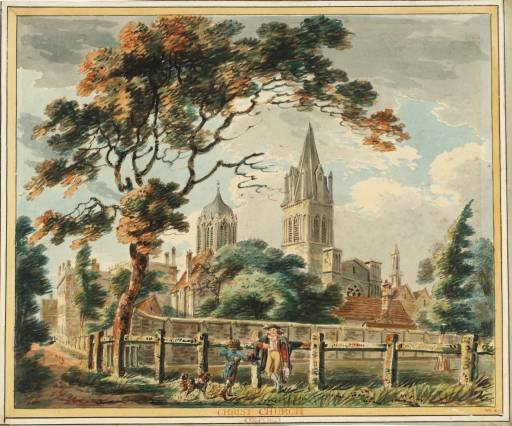A Journey Through Turner's Landscapes: From Realism to Romanticism
Dido Building Carthage
This is the first of Turner’s paintings in which he set out to match the seventeenth-century French landscape painter, Claude, in particular Claude’s Seaport paintings. In his will, Turner specified that Dido building Carthage, together with his Sun Rising through Vapour, should be hung in the National Gallery alongside two of Claude’s paintings.
Joseph Mallord William Turner's artistic journey is a captivating odyssey that traverses the landscapes of both reality and imagination. Born in the heart of London in 1775, Turner's unparalleled ability to capture the essence of nature would propel him into the annals of art history as one of the foremost figures of the Romantic movement.
The Realism of Turner's Early Works: Turner's artistic career began with a focus on realism, as he meticulously depicted the world around him with precision and detail. Influenced by the topographical tradition of British landscape painting, Turner's early works often featured accurate renderings of architectural landmarks and natural scenery. Paintings such as "Christ Church, Oxford, from Merton Fields c.1790" and "Dido Building Carthage" showcase Turner's skill in capturing the intricacies of the built environment with remarkable fidelity.
The Transition to Romanticism: As Turner matured as an artist, he began to embrace the tenets of Romanticism—a movement characterized by an emphasis on emotion, imagination, and the sublime. Inspired by the writings of poets such as William Wordsworth and Lord Byron, Turner sought to convey the emotional and spiritual essence of the natural world in his paintings. His landscapes became more atmospheric and expressive, infused with a sense of drama and emotion that transcended mere representation. Works like "The Fighting Temeraire" and "Rain, Steam, and Speed – The Great Western Railway" exemplify Turner's mastery of light, colour, and mood, as he captures the sublime beauty and power of nature in all its glory.
References:
Tate Britain - J.M.W. Turner Collection
National Gallery - J.M.W. Turner Biography
The Metropolitan Museum of Art - J.M.W. Turner Overview
The Legacy of Turner's Landscapes: Turner's transition from realism to Romanticism marked a pivotal moment in the history of art, as he pushed the boundaries of traditional landscape painting to new heights. His innovative use of light, colour, and atmosphere revolutionized the way artists approached the depiction of nature, inspiring generations of painters to come. Turner's landscapes continue to captivate audiences with their timeless beauty and emotional resonance, serving as a testament to the enduring power of art to evoke wonder and awe.
Conclusion: As we journey through Turner's landscapes, we are transported not only to the picturesque vistas of the British countryside but also to the depths of the artist's imagination. From the realism of his early works to the Romanticism of his later masterpieces, Turner's artistry reflects a profound engagement with the beauty and mystery of the natural world. Through his paintings, Turner invites us to embark on a voyage of discovery, where each brushstroke tells a story of the human spirit's quest to capture the sublime.
In conclusion, Turner's landscapes serve as windows into the soul of the artist and the spirit of an age—an age defined by the relentless pursuit of beauty, truth, and meaning amidst the tumult of the modern world. As we contemplate Turner's legacy, we are reminded of the enduring power of art to uplift, inspire, and transcend the boundaries of time and space.


